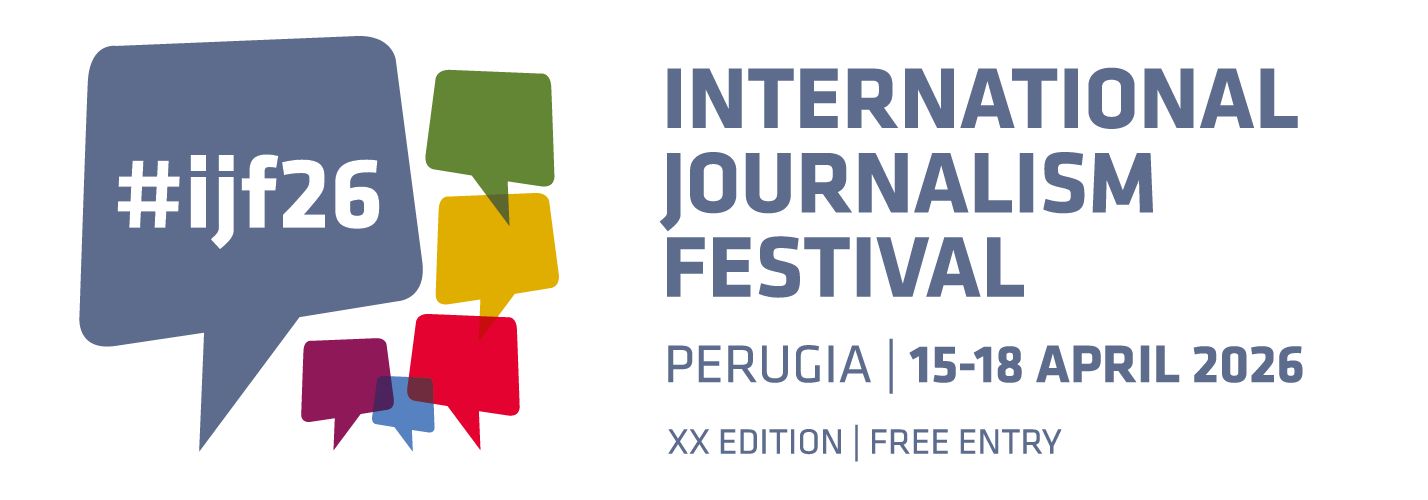In the age of big data, journalists are confronted with both opportunities and challenges. Particularly in humanitarian crises where people's lives are in danger, we require fast, accurate and responsive communication to ensure that the public are informed with correct information to take relevant actions. While social media has the potential to fill the communication gaps and media outlets can benefit from crowd-sourcing, there is a need for identifying the new role of journalism in dealing with big data during emergencies. What can we learn from the past disasters such as Hurricane Sandy? What are the do's and don'ts when covering life-threatening events in the digital age? What are the challenges in collecting data, and who owns the data once it’s collected? How should journalists monitor, verify and curate social media like Twitter and YouTube? Finally, how should journalists and other stakeholders including humanitarian organisations best cooperate when unexpected events occur? This session aims to feature some of the best social media strategies and data visualisations by leading media outlets, and discuss how different stakeholders can or should collaborate when emergencies arise.
This session is part of the School of Data Journalism organised in association with European Journalism Centre and Open Knowledge Foundation


